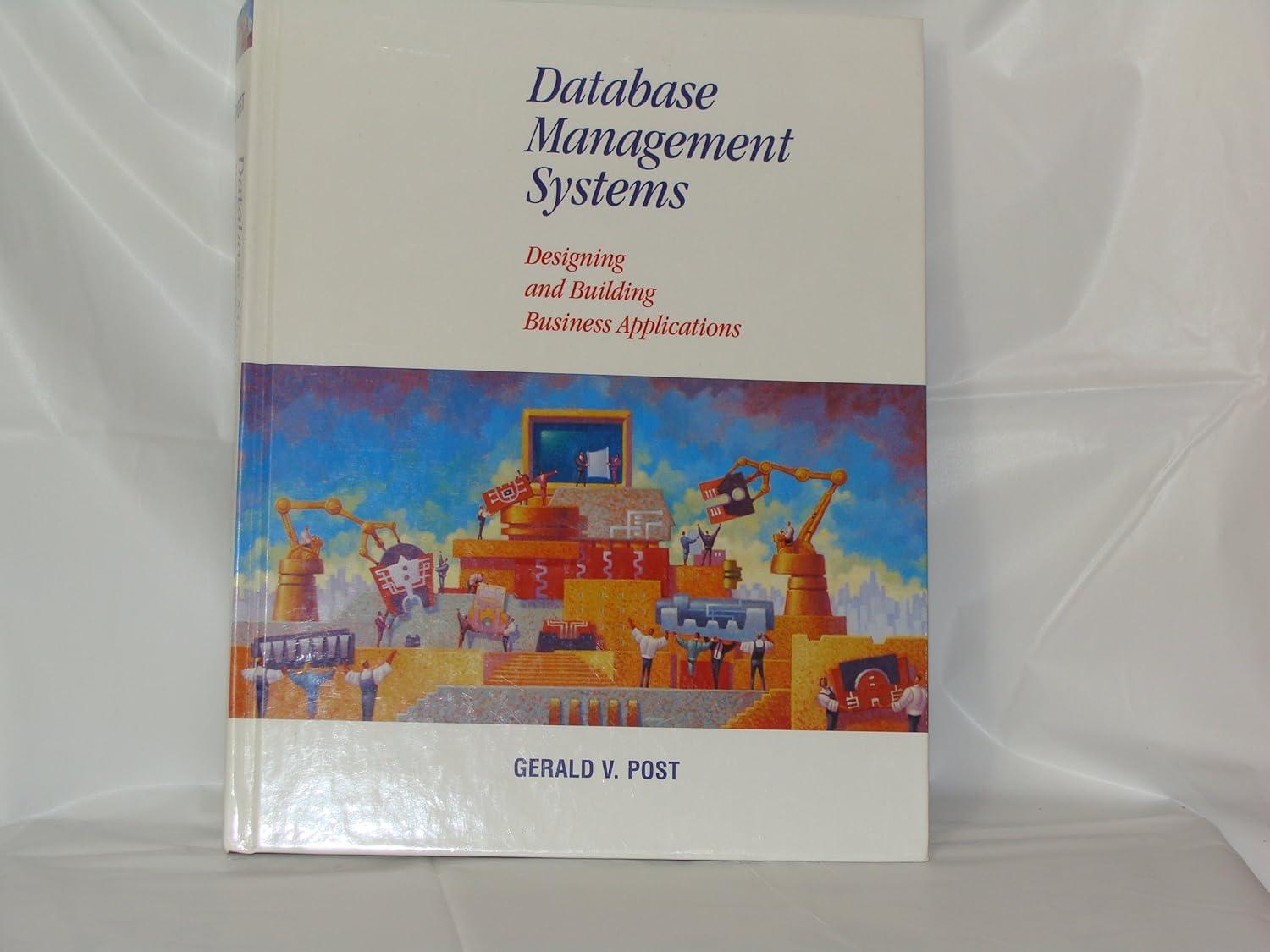Question
Consider the transactional database shown in the following table. Transaction ID Items Bought T100 Milk, Bread, Salad, Fruit, Soup, Noodle T200 Beef, Bread, Salad, Fruit,
Consider the transactional database shown in the following table.
Transaction ID Items Bought T100 Milk, Bread, Salad, Fruit, Soup, Noodle T200 Beef, Bread, Salad, Fruit, Soup, Noodle T300 Milk, Rice, Fruit, Soup, Pork, Lamb T400 Milk, Chicken, Fish, Fruit, Noodle T500 Fish, Bread, Fruit, Shrimp, Soup T600 Fruit, Noodle, Milk, Bread, Bean, Duck Let minimum support be 50% and let minimum confidence be 30%. (A) Find all frequent itemsets using the Apriori algorithm. Show how the Apriori algorithm works in a step by step manner. (B) List all the association rules found by the Apriori algorithm. (C) Find all frequent itemsets using the FP-tree algorithm. Show the final FP-tree you constructed. Note that the FP-tree algorithm has a pre-processing step, which sorts items in a transaction based on the support values of the items. If two items have the same support value, they must be sorted in alphabetical (lexicographical) order in the transaction. (D) List all the association rules found by the FP-tree algorithm. (E) In this example, indicate whether the association rules produced by the Apriori algorithm are the same as those produced by the FP-tree algorithm. (F) Compare the efficiency of the Apriori algorithm and the FP-tree algorithm using this example. Indicate which algorithm is more efficient and explain why based on this example.
Step by Step Solution
There are 3 Steps involved in it
Step: 1

Get Instant Access to Expert-Tailored Solutions
See step-by-step solutions with expert insights and AI powered tools for academic success
Step: 2

Step: 3

Ace Your Homework with AI
Get the answers you need in no time with our AI-driven, step-by-step assistance
Get Started


